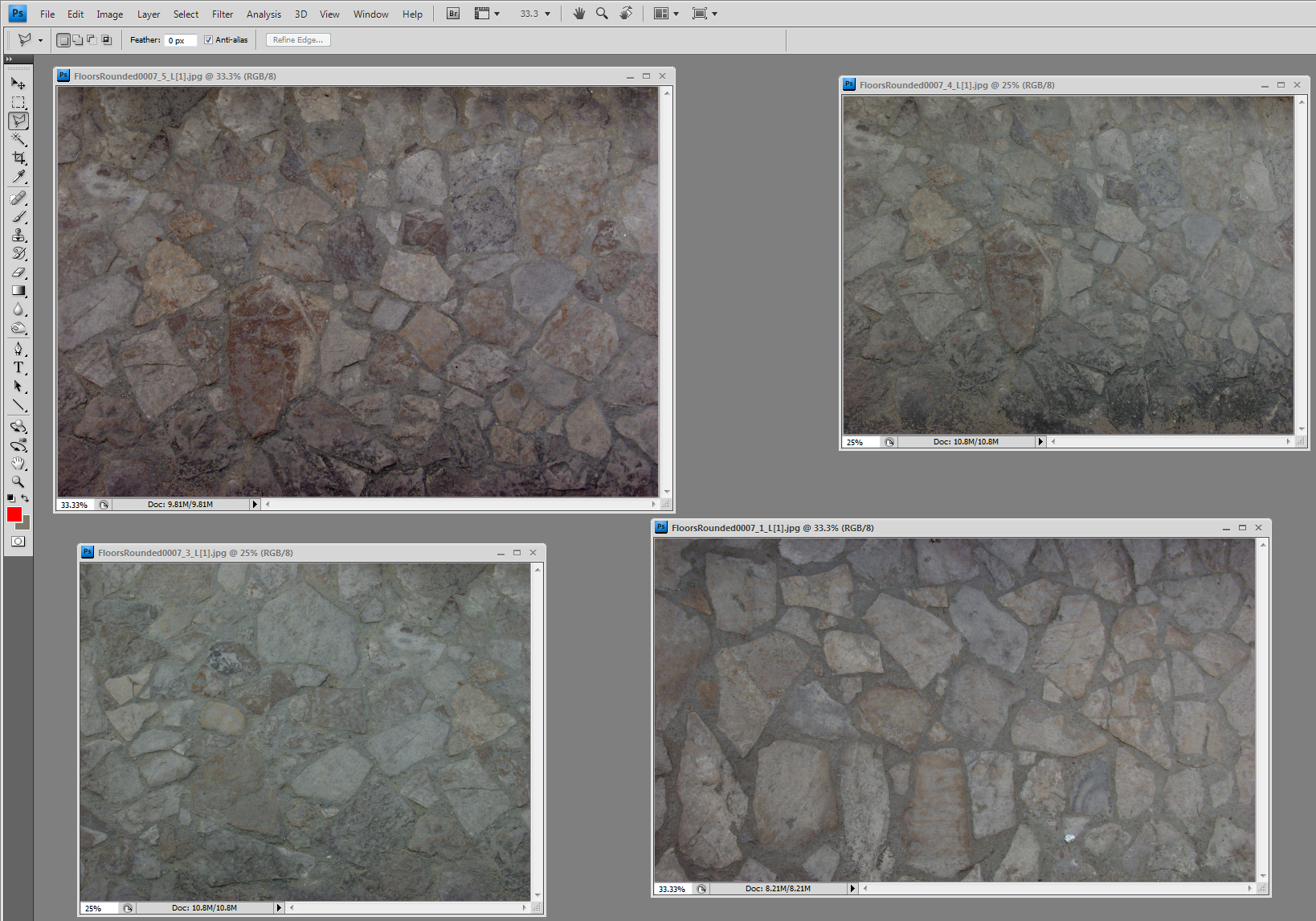

Standard tiles may provide resources (wood, stone, cattle, sheep, and wheat), allow for the conversion of resources into victory points, allow for the production of whiskey from wheat, or add new clan members. When he places a tile, that tile is “activated” as are any adjacent tiles, meaning the player may receive up to nine actions and/or resources for placing a single tile. On his turn, a player takes one or more tiles off a track that goes around the outer edge of the central game board and places it (or them) adjacent to any tile he has already placed. In Glen More, players are Scottish clan leaders and begin building their territories with a single village tile and a single clan member (experienced boardgamers will recognize it as a meeple).

I haven’t played that latter game, but Glen More is one of the most interesting new games I’ve come across, second only to 7 Wonders in that department, with particular points for introducing a new selection mechanic for a tile-based game. Glen More is the first board game from German designer Matthias Cramer, who was subsequently nominated for the Kennerspiel des Jahres award in 2011 for his next game, Lancaster (losing out to one of our all-time favorites, 7 Wonders).


 0 kommentar(er)
0 kommentar(er)
